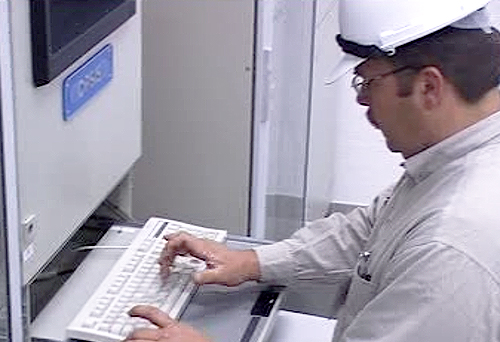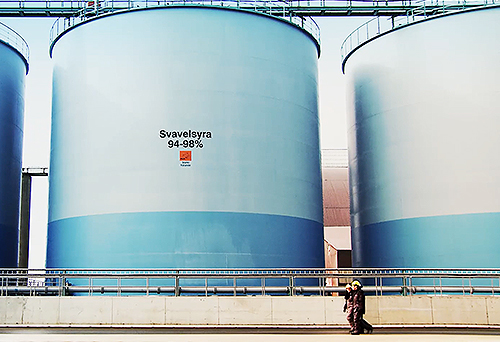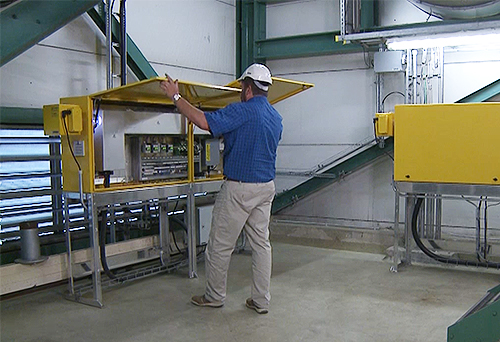A wide range of products are combined into customised systems
Differential Optical Absorption Spectroscopy (DOAS) is the core technology in the OPSIS product portfolio where a combination of light emitters, light receivers, optical fibres, and analysers allows the monitoring of gaseous pollutants and other substances for both emissions monitoring and process control.
The ANALYSERS - THE CORE OF MONITORING SYSTEMS
Each monitoring system is built around an analyser. Its task is to monitor the absorption of certain wavelengths of light coming from the monitoring path, and use this to calculate the concentration of different substances, such as NO, NH3, NO2, SO2, CO, CO2, HCl, and HF.
The AR600 is the most common type of analyser. It operates in the ultraviolet wavelength range and the technique is then called UV-DOAS. When monitoring in the infrared range, an AR650 analyser based on FTIR-DOAS technology is often used. In some cases, IR monitoring can also be made with an analyser that is essentially of the UV-DOAS type. It is then called AR620.
Each individual analyser is customised to monitor the concentrations of the specific substances required. Two analysers of the same type can therefore have completely different monitoring capabilities.
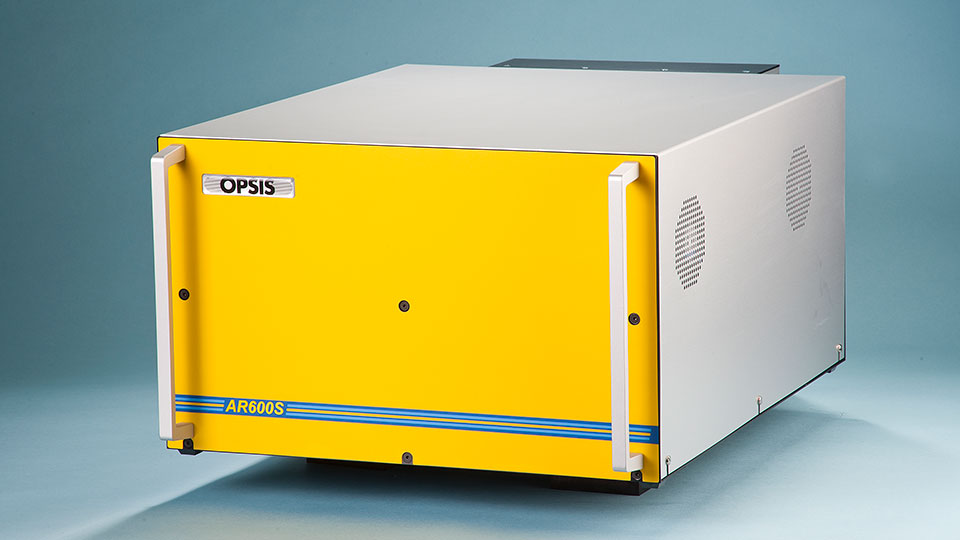
THE MONITORING PATH - EMITTER AND RECEIVER
The DOAS technology is based on the emission of white (broadband) light in a narrow beam from a xenon lamp (emitter) and its capture by a receiver. Along the light beam, different types of pollutants absorb different wavelengths of light. It is this absorption that is monitored in the analyser. The open beam of light is also called the monitoring path because this is where the monitored concentration of pollutants and other substances are found.
OPSIS offers several different products to form the monitoring path. The ER060 series consists of separate emitter and receiver sets. The ER080 combines the emitter and receiver in the same unit. The choice of ER model depends on the type(s) of analysers used and the conditions at the installation site.
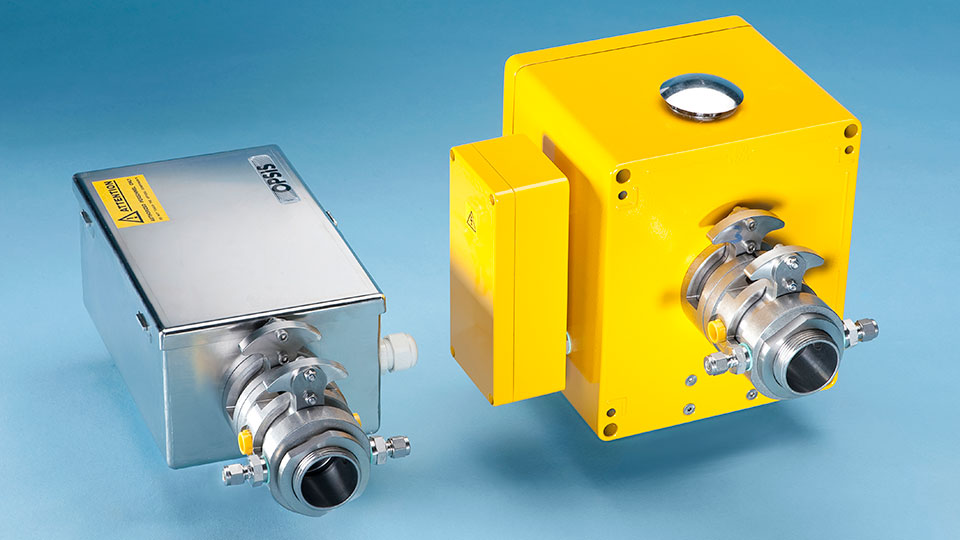
OPTICAL FIBRES
OPSIS emitters and receivers can be placed outdoors and can withstand very harsh environments. The analysers are more sensitive and must be placed in indoor climates. To transmit the light from the receiver to the analyser, special types of optical fibres called OF60 and OF100 are used. The former is used with AR600 and AR620 analysers, the latter with AR650. The maximum length of the fibres depends on the wavelengths to be transmitted, but they can in some cases be up to 100 m.
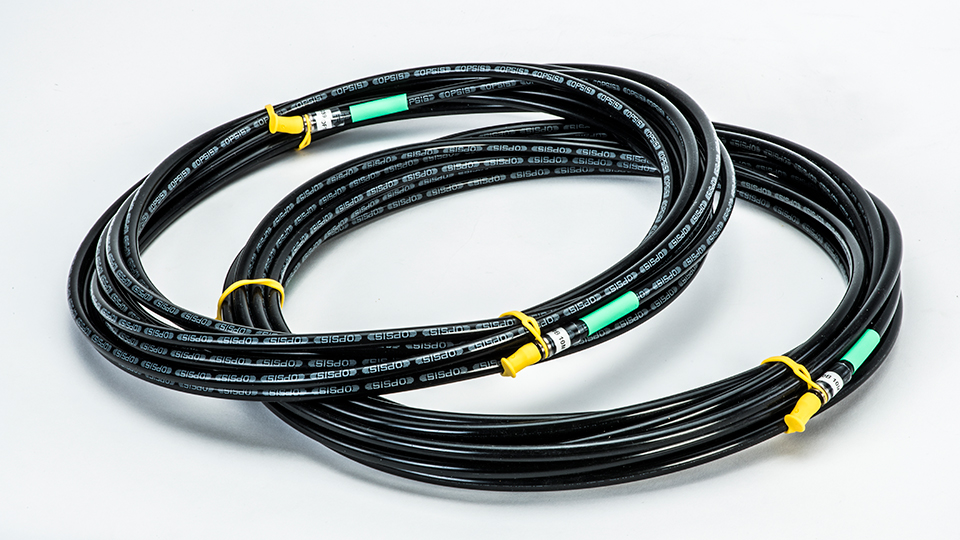
COMPLETE AND FLEXIBLE SYSTEMS
A basic system for monitoring gas concentrations in ambient air consists of an analyser, an emitter/receiver set, and an optical fibre cable that transmits the light to the analyser. The system can be configured to monitor a wide range of gaseous substances. A single analyser can monitor gases along several different monitor paths. All in all, this provides a complete monitoring system that is both versatile and cost-effective. Read more on the page on Turnkey solutions.
It is perfectly possible to supplement an existing system with monitoring of more substances and on more monitoring paths.

TESTED AND APPROVED
OPSIS DOAS systems have been tested and approved by several international test institutes and national authorities, including the German TÜV and under British MCERTS standards.

BLOGS ABOUT OUR PRODUCTS
On our blog you can read more about our products and what they are used for, for example:
Gas Concentration Monitoring in the Industry
Inside the Gas Analyser - the Spectrometer


